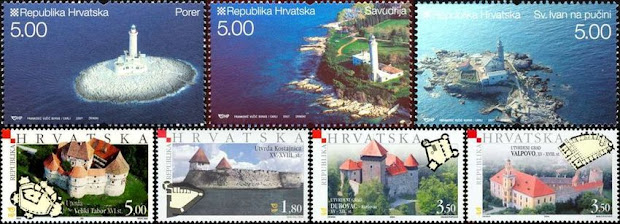On 18 November 1991 the Slavonian town of Vukovar surrendered to the Serbian forces (officially: Yugoslav National Army) that had relentlessly bombarded it for months. The town had been defended heroically by less then 2.000 Croats against a more than tenfold stronger Yugoslav army, not to mention the difference in arms. After the Yugoslav troops conquered the devastated town, they entered the overcrowded hospital complex. 261 patients were executed in Ovčara, not far from Vukovar. Many others were expelled from the town or sent to camps in Serbia.
The fall of Vukovar came as a tremendous mental blow to Croats. Many felt that the Tuđman government in Zagreb had given up on Vukovar. From a political perspective, however, the government had succeeded in two important things. First, the prolonged siege of Vukovar had given the Croats more time to build their amy and, second, more time to gather international support for Croatia's difficult position.
 On the eve of every Vukovar Remembrance Day, thousands of candles were lit along Vukovar street (Vukovarska ulica) in Zagreb. In Yugoslav days, this long street went by the name Ulica proleterskih brigada (Proletarian brigades street).
On the eve of every Vukovar Remembrance Day, thousands of candles were lit along Vukovar street (Vukovarska ulica) in Zagreb. In Yugoslav days, this long street went by the name Ulica proleterskih brigada (Proletarian brigades street).
The fall of Vukovar came as a tremendous mental blow to Croats. Many felt that the Tuđman government in Zagreb had given up on Vukovar. From a political perspective, however, the government had succeeded in two important things. First, the prolonged siege of Vukovar had given the Croats more time to build their amy and, second, more time to gather international support for Croatia's difficult position.
 On the eve of every Vukovar Remembrance Day, thousands of candles were lit along Vukovar street (Vukovarska ulica) in Zagreb. In Yugoslav days, this long street went by the name Ulica proleterskih brigada (Proletarian brigades street).
On the eve of every Vukovar Remembrance Day, thousands of candles were lit along Vukovar street (Vukovarska ulica) in Zagreb. In Yugoslav days, this long street went by the name Ulica proleterskih brigada (Proletarian brigades street).




0 reacties:
Post a Comment